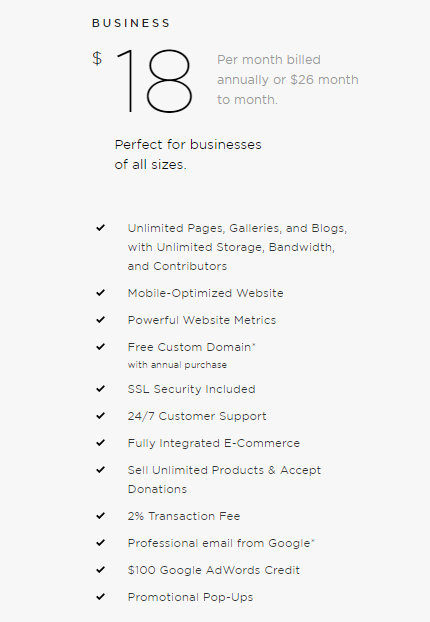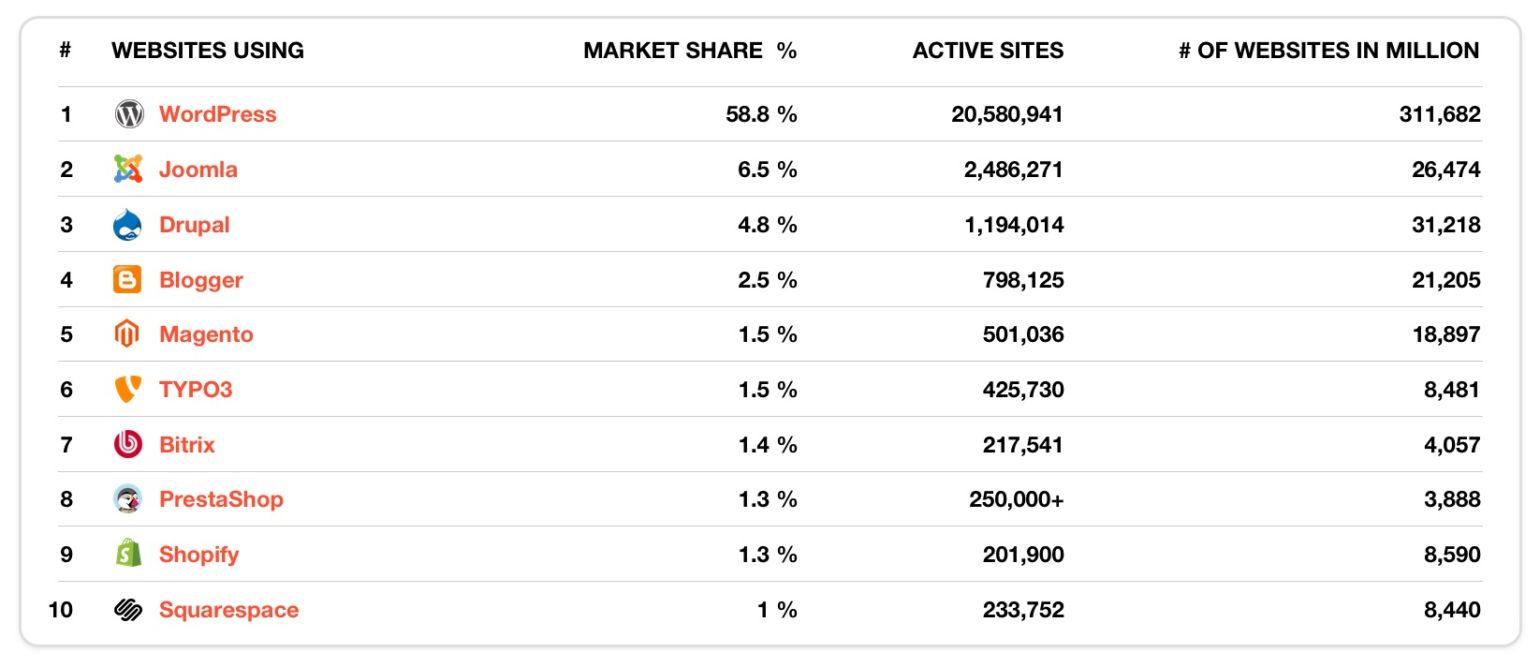Thinking of creating a new website for your studio? In this digital age, that is more important than most things you could do! Think of your website as your own storefront, with a proper landing page and call to action. A blog to increase search engine optimization (SEO), and provide a sense of community. Links to everything you have to offer, including your games and your social media accounts.
It’s essentially your hub.
So, then how do you choose a content managing system (CMS)? Clearly, it’s important, since your entire website will be dictated by it. The theme options, the plugins, the usability. Even the pricetag (hosting for a year differs depending on what CMS you choose).
1) Think Needs
Before doing any research, it’s important to understand what you’re going to need in your website. Things like a well-designed landing page, a contact page, a mission/about page, and a blog are obvious. Think bigger too.
For instance, you’ll need a business email, so more like “[email protected],” rather than “[email protected].” Some website plans offer business emails for free, but others don’t.
Something else to consider is whether or not you want to sell your games on your website. For some developers, Steam and physical stores like GameStop are enough. But others want to feel like they also have the ability to make a sale without a middle man. If you’re looking to sell some games, you’ll need E-Commerce capabilities, and that can make a difference between a $99 website and a $300 one.
Also, will you send out a newsletter? There’s always an email newsletter option, but another option is an online magazine, which means you’d be posting it on your website.
Other things you might want to consider are testimonials, which in gaming would be game reviews, an events calendar, copyright information, etc.
By securing these needs and really outlining what you need for your website, you can then have an easier time figuring out which CMS to select.
2) Think Budget

Not to state the obvious, but the more you need from a website, the bigger the price tag. And each CMS has their own way of pricing things.
Let’s break it down:
- The most basic of business websites on SquareSpace runs you $18 per month billed annually, or $26 month to month. So, it’s cheaper to pay annually. For that amount of money, you get everything you need to get started, including a free domain, SSL, E-Commerce, a professional email, promotional pop-ups and mobile-optimization. You want mobile-optimization since most web browsing is actually done on mobile. People work and use their phones and tablets to stay connected in between tasks. When they get home, they want to sit by the TV and browse the web on their phones rather than be cooped up in front of another computer screen.
- On the other hand, if you need inventory, orders, tax and discounts, commerce metrics, customer accounts and integrated accounting, then you need the Basic Online Website option, which is $26 per month billed annually, or $30 month to month.
Now let’s consider another CMS, perhaps the most popular: WordPress.
- The most basic premium website is $8.25 per month, billed yearly, which is cheaper than SquareSpace. No promotional pop-ups and no free professional email though. That means that it’s cheaper than SquareSpace in terms of the most basic business websites, but it’s not better. It all depends on your needs. If you don’t need the missing features or anything, then you are better off with WordPress.
- On the other hand, if you want the same features that SquareSpace offers with it’s business website, you’ll need to upgrade to $24.92 on WordPress. That is still cheaper than $26 SquareSpace is charging for their big kahuna business website.
Finally, let’s look at the small details.
- Upon first glance, WordPress is cheaper than SquareSpace. But if you dig deeper, you realize that the personal website option on SquareSpace is $12 per month, billed annually, or $16 month to month. It also features fully-integrated E-Commerce, up to 20 website pages, 2 contributors, mobile-optimization, SSL and a free domain. All in all, it’s enough to get any small studio off the ground in no time. But it’s a “personal website.” That means SquareSpace gives you bang for your buck.
- On WordPress, the personal website option is $4 per month, billed annually, and doesn’t have any fancy features at all. It only comes with a custom domain name, 6GB storage space and the option to remove WordPress ads.
- Also, consider coupon codes. There’s almost always a 10-20% off coupon code somewhere. One coupon can make the difference between a fancy business website on a fancy CMS and a regular website on a CMS you hate.
3) Think Feedback
As of August 2017, the top 10 CMS’s included the following:

WordPress, despite being around for years, is still the leader, raking in 58.8% of the market share. There are over 20 million active sites on WordPress, including The New York Times, Forbes and the Facebook Blog.
That makes you wonder about the reviews and ratings. For WordPress, most people rate it in the 4.5+ out of 5 star range and consider it excellent. The features that get the most praise are customization, the dozens of widgets available, having the best blogging interface, and over 100 free themes. On the other hand, there is a learning curve, and it does require some up-front time investment.
Joomla is another advanced CMS known for its functionality. Getting started is easy, everything is straightforward, and if you’ve ever used Drupal, then it’s not much different. It hosts over 3,200 extensions, so it’s a great option. There are some negatives though. The theme and extension community relies on paid resources.
Whichever CMS you choose, make sure that you read up on it, and see what other people have to say. It can save you some hassle, especially when you’re spending the money to set up a website. You want to know where that money is going, and if it’s worth it.
4) Think Longterm
Say hypothetically that you choose ExpressionEngine as a CMS option. You like how elegant and flexible it is, and you find it easy to modify to meet your needs. It even lets you pack helpful features like having a bunch of websites with one installation of software. The problem is that it’s a paid CMS. That’s a $99.95-249.99 investment.
Think realistically: can you afford this with your current business budget? And will you be able to afford this in the future? If not, it may be better to reconsider your CMS now rather than later.
Ideally, what you want is one CMS that you’ll use for as long as your business is alive, because having to switch everything over is a pain. Avoid the time consumption, and select a CMS you can see yourself using for… decades.
If you enjoyed reading this article, feel free to retweet it!
